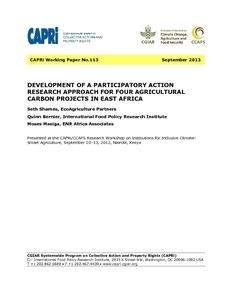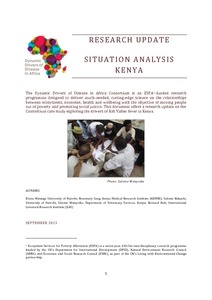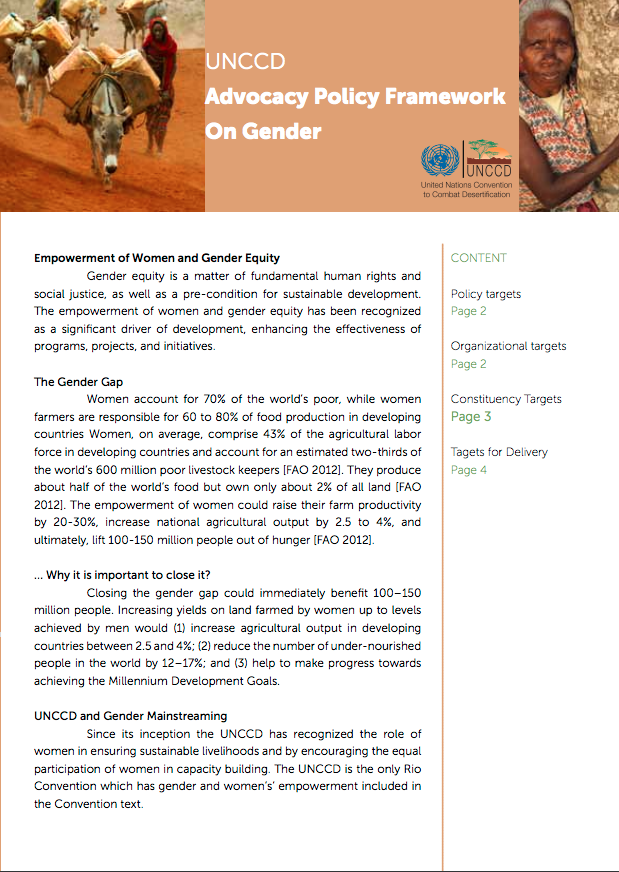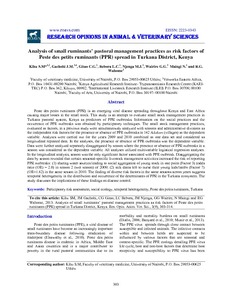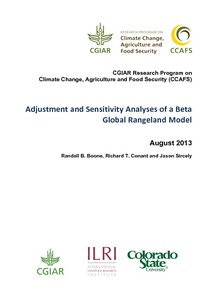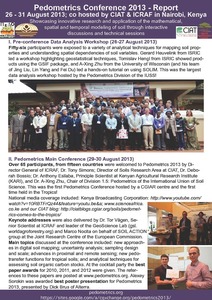Assessment of environmental-livestock interactions in crop-livestock systems of central Ethiopian highlands
The study was done in Adaa district which is one of the 12 districts in East Shoa zone in Oromia regional state of Ethiopia. It is located southeast of Addis Ababa at 38o51’ 43.63’’ to 39o04’ 58.59’’ E and 8o46’ 16.20’’ to 8o59’ 16.38’’ N, on the western margin of the Great East African Rift Valley. The altitude ranges from 1 500 to ? 2 000 meters above sea level. The district has a high potential for mixed livestock and crop production systems.


